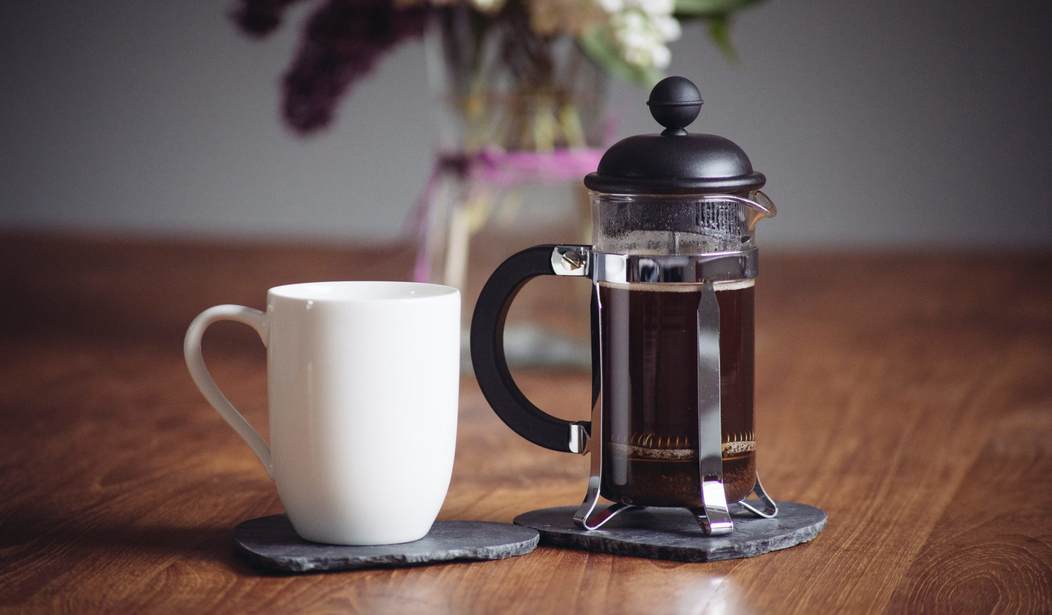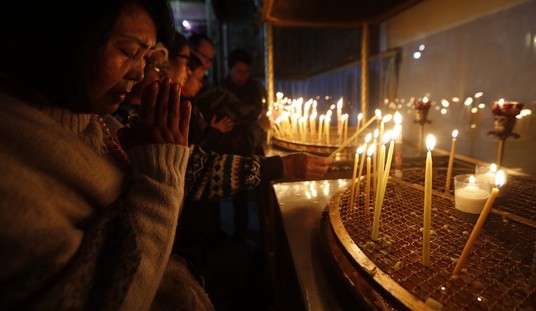Coffee. It means so many things to so many people. For some, it is nothing more than a drug, a stimulant — the only way to start the day (and get through the day). For others, it is a treat. They savor the subtle flavors that roll around on their tongue and find peace in the few moments that it takes to consume it. Others get very technical with the coffee-making process: they scope out different types of beans, have varying methods of preparing it (they dare not buy coffee that is pre-ground!), and settle into a new region of origin with every cup.
Whether you are one or some combination of these things, if you are a coffee drinker, you are a part of a staggering 83 percent of people who drink coffee in the U.S. alone. Coffee is obviously not a new phenomenon, but the way we consume it, the types that are popular, and how it is prepared has been changing consistently over time.
Here is a look at all things coffee, going back decades, and sometimes even centuries.
French Press
The French press has been around since the late 1920s. It offered people a simple way to prepare their beverage, long before electric coffeemakers were ever even a thought. The beauty of this contraption is that it is still very much still in use. The method of preparing coffee allows for a deep flavor to develop and often results in a strong, bold cup of brew.
Percolator
At first percolators got their heat right from the stove top, but eventually were able to benefit from the wonders of electricity. Some complain that percolators result in slightly weaker coffee, but they offer a pretty quick way to get what you need. They’re particularly good for traveling. (No one wants to lug a Mr. Coffee to a cabin in the woods for the weekend…)
Moka pot
This pot originated in Italy, and many Italians still use it to this day. As water in the bottom chamber heats up, it practically explodes into the upper chamber, passing through coffee grounds in the process. The result is a strong, quick cup of coffee. But things get complicated when several people want a cup at the same time.
Chemex
Invented in the early 1940s, the Chemex acts like a drip coffeemaker (water that is poured in the top is filtered through the center and drips into the reservoir). It was what busy people turned to before Mr. Coffee answered their prayers.
Mr. Coffee automatic drip
1972 was the year that the lives of coffee drinkers changed completely. Mr. Coffee allowed for the quick preparation of larger quantities of coffee to be made in the home. It was run by electricity, and as models evolved, even offered a preset option. The result is not particularly bold or nuanced like coffee from a French press or Moka pot, but it is easy and is a great option (to this very day) for people on the go.
Folgers
The best part of waking up appeared on the scene in 1850. Yes, people have been enjoying this java for nearly two hundred years.
Maxwell House — 1892 — America’s best-selling coffee until the 1980s (good to the last drop)
Maxwell House was always known to be “good to the last drop” and has been around since 1892. It remained America’s best-selling coffee for nearly a century. In the 1980s sales dropped slightly as other options entered the market.
Cappuccinos and lattes
Believe it or not, cappuccinos and café lattes were not always a “thing” here in the U.S. Originally popular in Italy and other parts of Western Europe, these coffee drinks have an espresso base, which only became relatively wide-spread in America in the 1980s. At first, having an espresso, cappuccino, or latte was considered a treat, and they were typically only offered at upscale coffee bars. But now, needless to say, they are everywhere.
Frappucinos
Do you remember when you suddenly began craving sweet, caffeinated, frozen drinks loaded on top with whipped cream and a variety of syrups? It was probably around 1995, when the frappucino hit the scene at Starbucks. Now it’s available in a variety of flavors and tends to be chock-full of an inordinate number of calories.
Cold brew
While the Japanese have been preparing coffee this way for centuries (since the 1600s), cold brew only recently became a popular trend here in the U.S. By using cold water and letting coffee brew slowly over time (usually 24 hours), the result is smooth and not bitter. Since it takes time to make, this cup of Joe usually costs a bit more. And it can be found in millennial hot spots all over the country.
Starbucks — 1971 — popular all through the 1990s
While the first Starbucks store showed up in 1971, the brand didn’t become widespread until the 1990s. Now a Starbucks can be found on practically every corner in major cities everywhere. Wanting to provide a “third place” for people (after home and work), founder Howard Schultz set out to create a cozy environment that offered a variety of drinks and snacks that people couldn’t resist.
Dunkin’ — 1950 — large expansion in the 1990s
Dunkin’ Donuts has always been, and remains, Starbucks’s leading competitor. Since people come for the coffee and leave with a donut, the company actually changed its name to just “Dunkin'” recently. The flavor of the coffee, while not particularly interesting or nuanced, is extremely consistent, mild, and is sold at a price point that won’t break the bank in the same way that a grande latte from Starbucks might.





















Join the conversation as a VIP Member